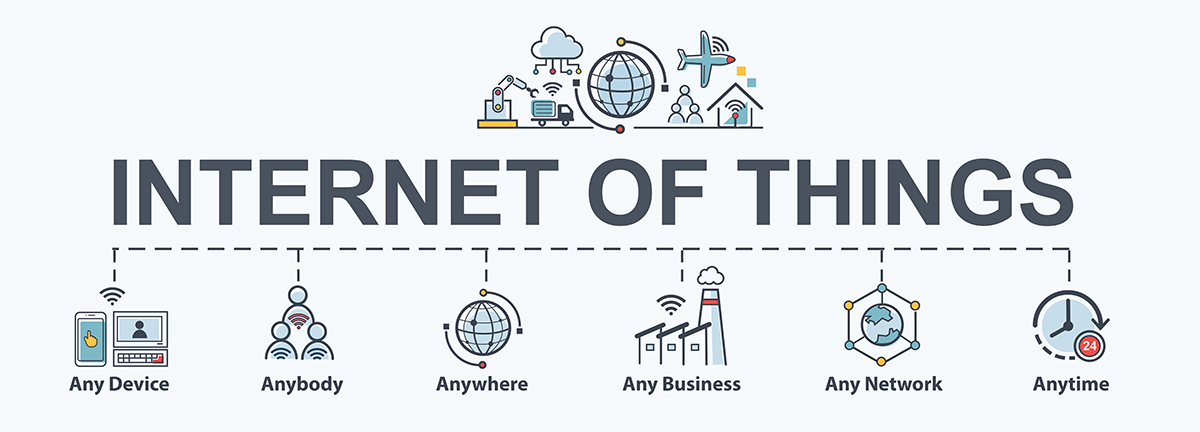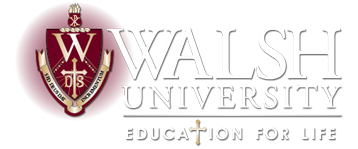
Frequently Asked Questions
What is the Internet of Things?
The Internet of Things (IoT) is a system of interrelated computing devices, sensors, switches, mechanical and digital machines, cloud-based software and other elements that provide unique identifiers and the ability to transfer data over a network without requiring human-to-human or human-to-computer interaction. The concept of IoT was introduced in 1999 by Kevin Ashton, co-Founder of MITs AUTO-ID lab. Since that time, IoT has been steadily gaining traction in almost every aspect of human life. Smart devices, robotics, sensors, medical devices and many others are now in routine use and more devices are coming. In addition to “smart city” applications throughout the world, IoT applications are being used in many businesses to collect real-time data on all kinds of processes which are then converted to metrics for analytics to improve all aspects of business operations. IoT is the future and Walsh University is providing a unique way for our community to upgrade in this area of growth.
What is the Skilled Technical Workforce?
Based on research conducted by and a comprehensive report written in 2019 by the National Science Board (funded by the National Science Foundation), there is a massive need in the United States to provide educational upgrades and skills development for what is now called the Skilled Technical Workforce (formerly Blue Collar STEM). The men and women comprising this population are found in every community, generally do not possess a bachelors-level college degree, are 5–10 years or more into the job market and have families. These folks are generally not interested in pursuing a bachelor’s degree, need on-line or hybrid learning experiences and need upgrades and skills development that is relatively quick, inexpensive and relevant to career advancement.
What are Premier Skills?
Virtually every study conducted with organizations or businesses concludes that one of the primary skill sets in demand involves communication, high emotional intelligence, the ability to solve complex problems, the ability to work collaboratively with teams and the ability to productively manage conflict: i.e. “soft skills” or to use the Walsh University term, “Premier Skills”. Organizations, of any kind, do not simply want people with specialized technical skills, but they want people with both specialized technical skills and premier skills so problem solving can happen more productively and efficiently as all people involved understand how to communicate, collaborate and implement effective solutions.
Employees working in the State of Ohio: Learn more about eligibility for tuition reimbursement.
